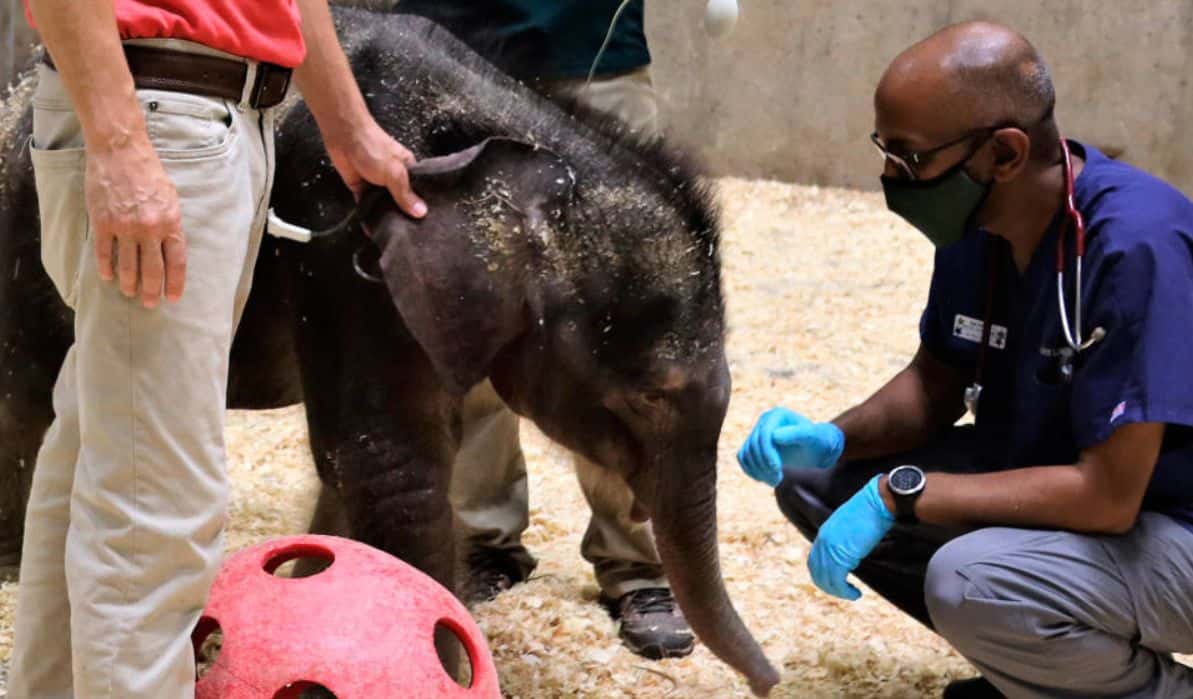
The St. Louis Zoo in the United States had been preparing for the birth of Avi, an Asian elephant calf, that came into the world on July 6 for the last three years.
Avi was the fruit of an Asian elephant survival project launched by the Association of Zoos and Aquariums of the United States ( AZA ) and intended to perpetuate this endangered species. So they crossed their mother, Rani, with Raja, the first Asian elephant to be born in the zoo.
The Saint Louis Zoo is saddened to announce that the male Asian elephant calf born on July 6, 2020, has died. The decision to humanely euthanize the calf was made and he passed away peacefully this morning, August 2, 2020.
Read more: https://t.co/sRQgY9Jmbr
— Saint Louis Zoo (@stlzoo) August 2, 2020
It was all good news until July 6, but the park’s caretakers soon realized that Avi had serious health problems. From day one, he showed developmental impairments problems that limited her ability to feed, problems that accompanied her during his just 27 days of life.
They are desolate
As the zoo explains in a statement, “The calf had developmental impairments that limited his ability to feed since birth. Despite intensive care efforts and life support measures, including assistance with feedings and continuous intravenous treatments, the calf did not improve. Over the last 48 hours, the calf’s already compromised health deteriorated rapidly.”
Zoo Director Jeffrey P. Bonner, Ph.D., has acknowledged that “Everyone here is just devastated right now. Our team of professional elephant care experts did everything possible to help improve the calf’s health. Unfortunately, in the end, it just wasn’t enough as his health complications were too severe.”
Rani, the mother of the unfortunate calf, is part of a family of three generations of elephants. Avi was her third calf after Jade was born in 2007 and Kenzi did so in 2011. However, only the first survives today.
There are barely 35,000 Asian elephants left in the world that can live wildly in the wild. Most of them face extinction due to hunting and destruction of their natural habitat.